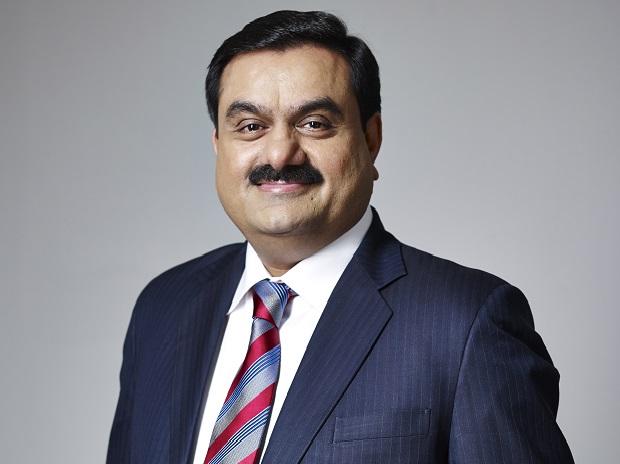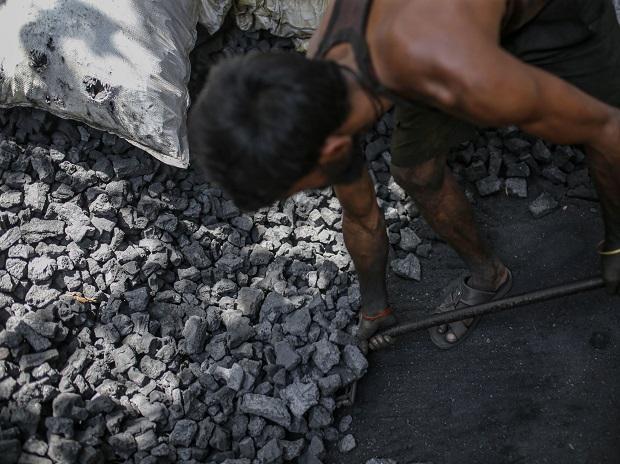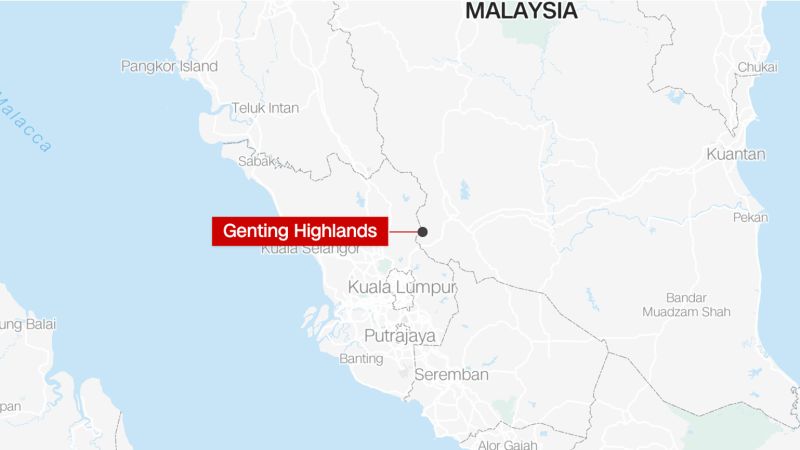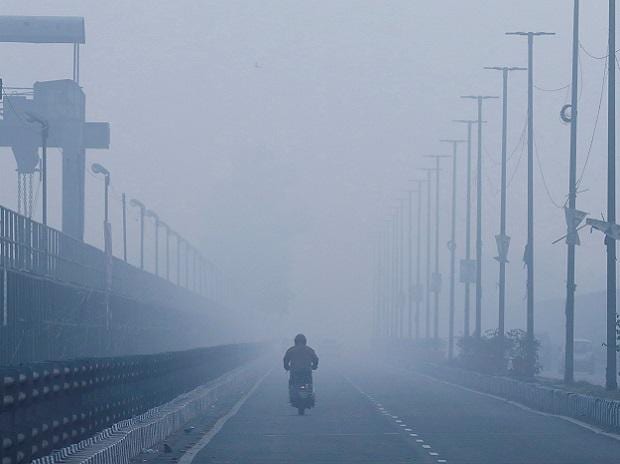With billions of dollars of investments made by the Indian companies and favourable government policies in place, India wil become a net energy exporter by 2050, founder chairman of the Adani group, Gautam Adani said here on Saturday.
Addressing the World Congress of Accountants, Adani said India’s path to an economic superpower energy technologies opens up the possibility that by 2050, India can become a net green-energy exporter. “This will also enable decentralized power generation required to accelerate the micro-sizing of any process. It will enable entrepreneurship opportunities across micro-manufacturing, micro-agriculture, micro-water, micro-banking, micro-healthcare, micro-education — everything that India’s rural population needs for its development,” he said. “Cooling the planet down will be one of the most profitable businesses and the largest of job creators over the next several decades. I am in no doubt that India will lead the global energy transition. This is why, the Adani Group is making a massive investment in driving – not just India’s – but the global energy transition,” Adani said at the well attended conference.
“Over the next decade, we will invest over $70 billion in this space and build the world’s most integrated renewable energy value chain. There can be no greater sign of my confidence in the India growth story,” he said.
Adani said India has become a favourite destination for foreign direct investment amid the geo political turbulence faced by the rest of the world. “This ongoing year, India is expected to record a 15 per cent increase and an all-time high of over $100 billion of FDI. Such scale of investments lay the foundation for significant job expansion. In fact, India’s FDI inflows have increased over 20-fold since the year 2000 and I would expect it to touch a trillion dollars by 2050,” he said.
“Nothing beats internal demand within a large economy to attract FDI and there could be no better sign of the increasing global confidence in India,” he said.
Adani said digitalisation has accelerated India’s velocity and a digitally enabled India is transforming every aspect of how India
operates, lives, and consumes. “In the context of the current world, entrepreneurship and digitalization are strongly linked and combine to create a dynamic innovative environment,” Adani said.
A digitalized India will transform healthcare, education, and skill development and create a more equitable society. India’s
pace and adoption of digital technologies will create massive – new and innovative market spaces. I fundamentally believe that the next three decades will propel India to the forefront of entrepreneurship. This journey is already well on its way,” he said.
“In 2021, the pace of unicorn creation in India has been the fastest in the world.
This will continue and for every unicorn that rises, we will see the birth of dozens of micro-unicorns. In 2021, India added a unicorn every 9 days. It executed the largest number of real-time financial transactions globally – a staggering $48 billion. This was 6 times greater than the US, Canada, France, and Germany combined. All of this has laid a base for the Fourth Industrial Revolution where humans and machines are all interconnected. To be then followed by the AI and Web 3.0 revolution where
the physical and digital world start fusing. I expect that – just like India’s internal demand leading to a surge in FDI – the number of start-ups being created will lead to a surge in venture capital investments, ” Adani said.
The venture capital funding in India first crossed one billion dollars in 2015. “This year, VC funding will exceed $50 billion. That is a 50 times acceleration in just 8 years. India stands as the foremost example of how a smartphone and inexpensive data – powered by aspirations – can create jobs and transform a nation,” he said.
The third dimension that will prove to be a powerful transformation lever for India is in the space of energy transition. “Energy poverty is today the developing world’s greatest challenge, and this gap will need to be mostly filled with renewable energy. While India currently ranks third in the renewable energy attractive index and is the world’s third largest energy consuming country, there is little doubt that India’s energy transition will be unparalleled as it races to meet its energy needs, Adani said.
“By 2050, India will need 400 per cent more units of energy than it currently consumes. While, this may seem challenging, the technology advancements that we are seeing is expected to make this possible. Given the dramatic and continued drop in the cost of renewable energy, especially solar power, the marginal cost of green power is headed to ‘zero’. The ability of this ‘zero’
cost electron to economically split a water molecule and create 100% green hydrogen in the future is now certain,” said he.
The combination of solar and wind power coupled with green hydrogen opens up unprecedented possibilities for India, he said.
Adani said a lot still needs to be done for the bottom of the pyramid as the economy grows. “What we cannot afford to do – is fall into the classic two-speed nation trap – where the top half of the society grows prosperous – and the bottom half remains poor. Therefore, our wealth creation must focus on both quantitative factors related to per capita GDP and qualitative factors that include education, skills, and healthcare,” he said amid a standing ovation.
Note:- (Not all news on the site expresses the point of view of the site, but we transmit this news automatically and translate it through programmatic technology on the site and not from a human editor. The content is auto-generated from a syndicated feed.))




Al tomar fotografías con un teléfono móvil o una tableta, debe activar la función de servicio de posicionamiento GPS del dispositivo; de lo contrario, no se podrá posicionar el teléfono móvil.